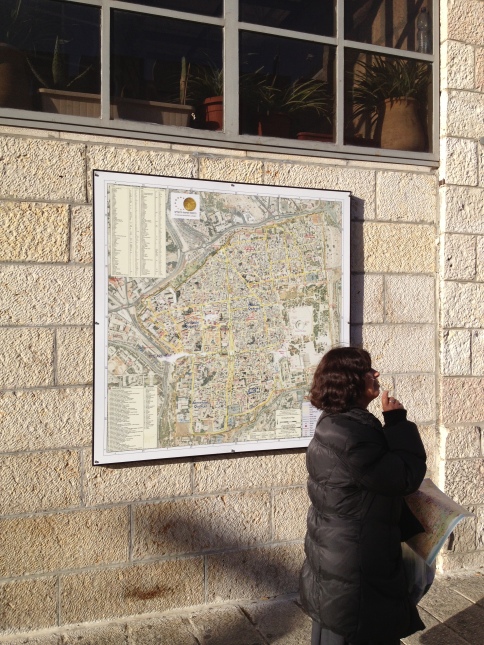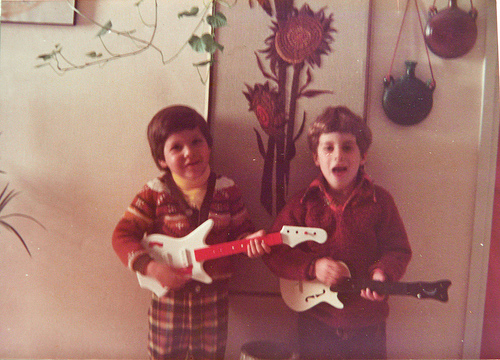I know I’m not the only one who needs a map in Jerusalem:

Problem is, a simple map is not enough here. Some places just really accentuate a dimension. Australia taught us to respect distance, driving our camper all day to cover a mere wrinkle on the map. Manhattan forces you to acknowledge it is 3 dimensional. Jerusalem is impossible to understand if you ignore the dimension of time.
So I made a little app I call “Around Here” which shows wiki articles around my current location:

It’s not a lot of code, but actually pretty useful. I mostly use it on my phone, but it works on laptop, tablet and would work right here too if WordPress would allow embedding JS.
Building it made me think of how much the web has changed in the last couple of years. Have you noticed how much you can do with JavaScript now? All the awesome libraries coming out? Not even node.js, just old fashioned client-side JS.
Programming languages are like musical genres. New ones are created, existing ones change and move in and out of fashion, but every once in a while a specific genre will experiences a sudden explosion of creativity. If JavaScript is Punk rock I guess this is the mid-1970s now.

HTML5 and modern browsers’ capabilities are a major factor, but also some slower moving, deep server side changes:
- Continued APIzation of everything allowed me to write the app using the WikiLocation API instead of my own DB backend. An embeddable service like Disqus enables pure HTML Jekyll blogs to have active comments. If your data is not sensitive you could even use a Google Spreadsheet as your DB.
- Decreasing costs of serving HTML/JS/CSS only pages now allow GitHub to let you serve your pages for free, with no restriction on content and almost no scaling limit. Basically you could do that in 1995 with GeoCities – look how much more you can do with just the above client side technologies now.
So, what we used to call “static pages” are now becoming increasingly powerful, and free. There’s an odd back to basics feel as we’re crossing a gap between very low cost to zero cost for serving a useful, highly scalable app. It might turn out a big deal. More importantly, coding is fun again.